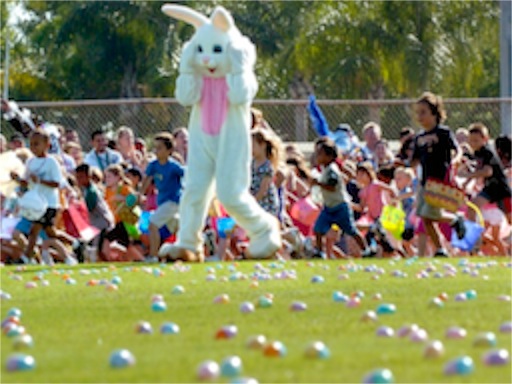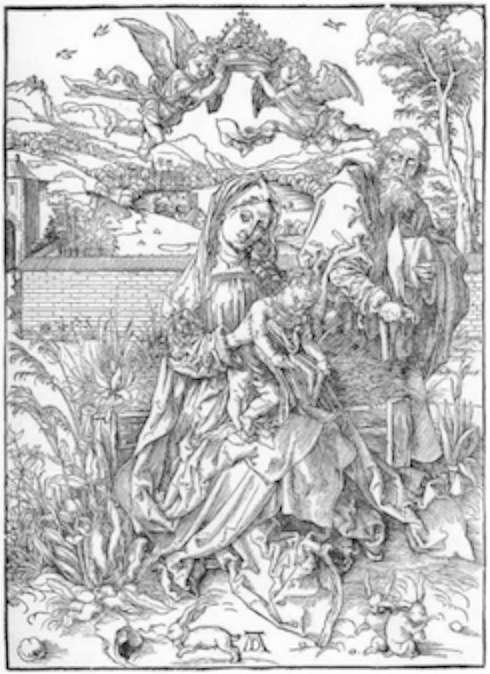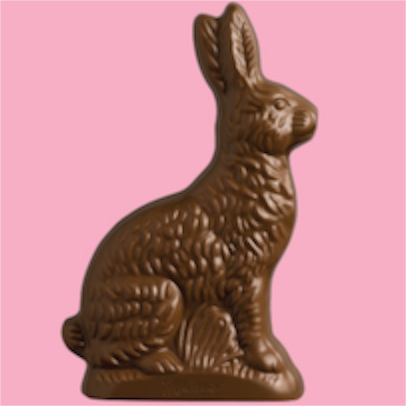What's with the Rabbit?
29/03/13 05:23

I know the history of the church adopting secular holidays as it arranged its calendar of holy observances. I understand that some of the customs of our religious observances have their roots in pre-Christian times. And I know that rabbits are prolific breeders, so it might make sense that they are somehow symbols of spring and fertility. But rabbits don’t lay eggs. They give live birth. The confusion that leaves us with a mammal hiding colored eggs for the occasion is strange, to say the least. Actually, the thought of an oversized rabbit hiding colored eggs in your back yard is a bit creepy, if you want my opinion. We never told such stories to our children, though we did make up baskets of treats for them to discover on Easter morning.
But I guess, I could understand it and say that it is just one of the quirks of history if there was a secular symbol that showed up in a religious celebration. It happens at other holidays. The red and white clothing of Santa Claus comes more from the colors of the Coca Cola Company than from any traditions surrounding Saint Nicholas. But rabbits show up in really strange places. In early Christian art, hares appeared on reliefs, epitaphs, icons and oil lamps although their significance is not always clear. In Switzerland at the Paderborn Cathedral, there is a famous round window in which three hares have only three ears between them. The ears form a triangle, presumably a symbol of the trinity. It is possible that a running hare is an ancient symbol for the passage of time.
Physiologue, a resource used by medieval artists, says that when a rabbit is in danger it seeks safety by climbing high on rocky cliffs, but when it turns down it cannot go fast because of its short front legs and is easily caught by predators. This is somehow supposed to be a reminder to people to seek “higher” things and not rely on “earthly” possessions, though the connection is definitely a stretch in my mind.

It is a strange connection.
In this country it seems that we end up with two distinct holidays – one that has a distinctly somber tone, where we sit with grief and confront our mortality and another where a giant rabbit hides pastel-colored eggs in your yard and gives away chocolate. In that second one the rabbit is often made of chocolate, making biting the head off the creature some sort of strange ritual that I don’t get, either. I’m not a fan of television and I’ve never watched an entire episode of the animated series South Park, but I’ve read a quote from the character Stan in that show: “Look, I’m just saying that somewhere between Jesus dying on the Cross and a giant bunny hiding eggs there seems to be a . . . a gap of information.”

So if I need to go to the store today, I’ll pass quickly by the displays with the chocolate rabbits. I don’t intend to rent a suit with floppy ears and hide eggs. I’ll leave that to others.
I will sit in the church, and ponder the depth of God’s love – love so deep that there is nothing, not even death itself, in human experience that God does not share.
And if I’m lucky, I’ll set aside all thoughts of rabbits and think of things with more meaning for me.